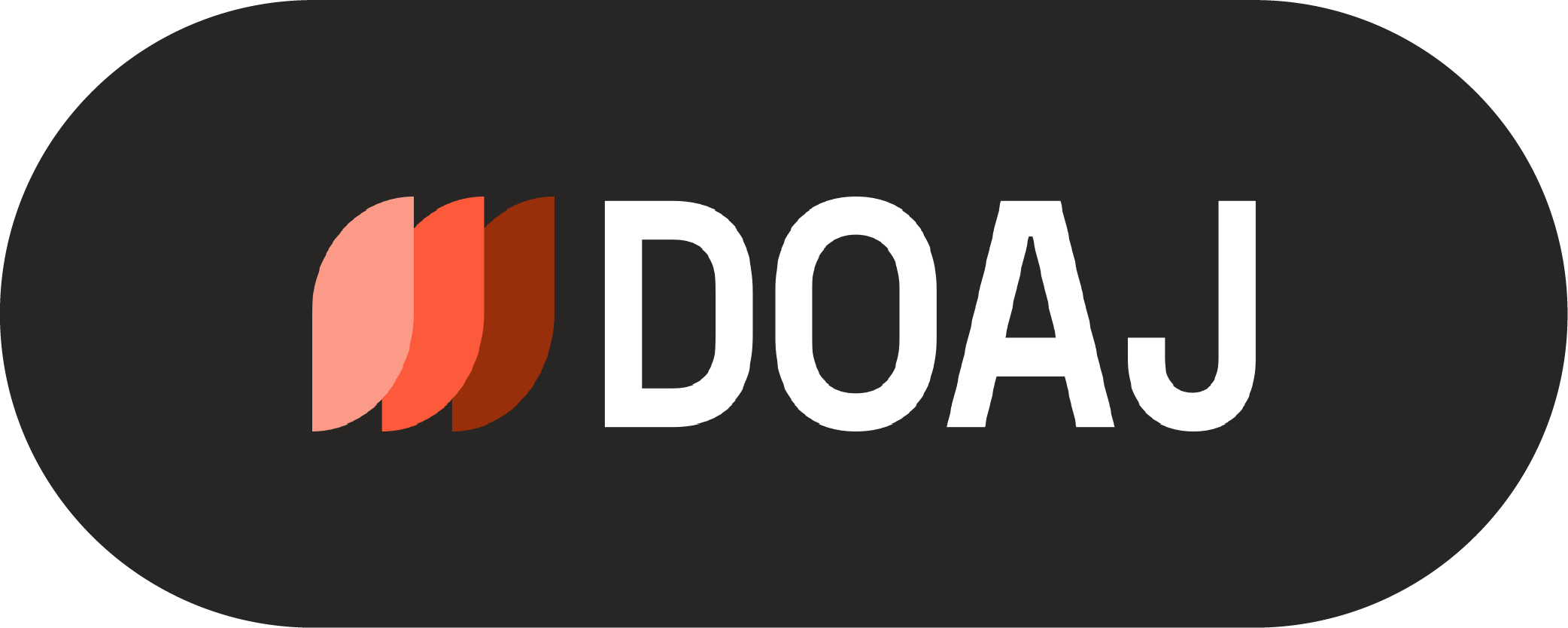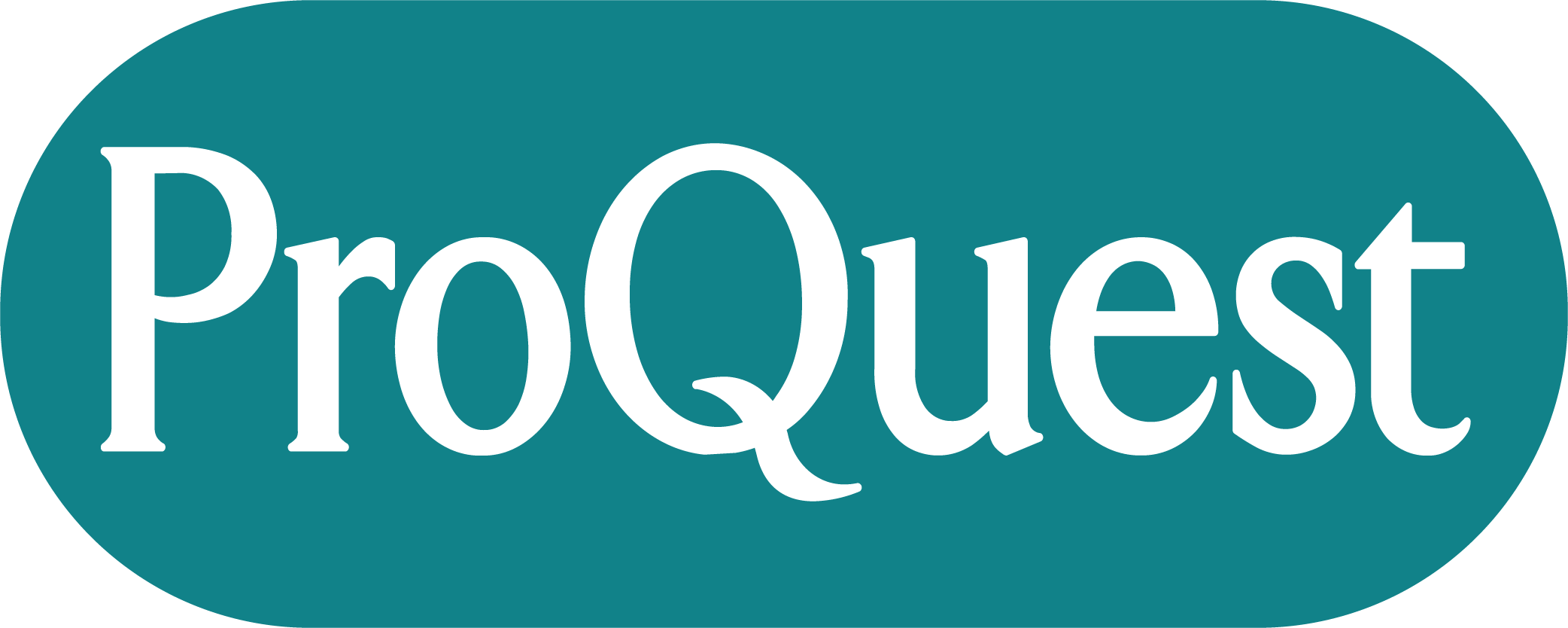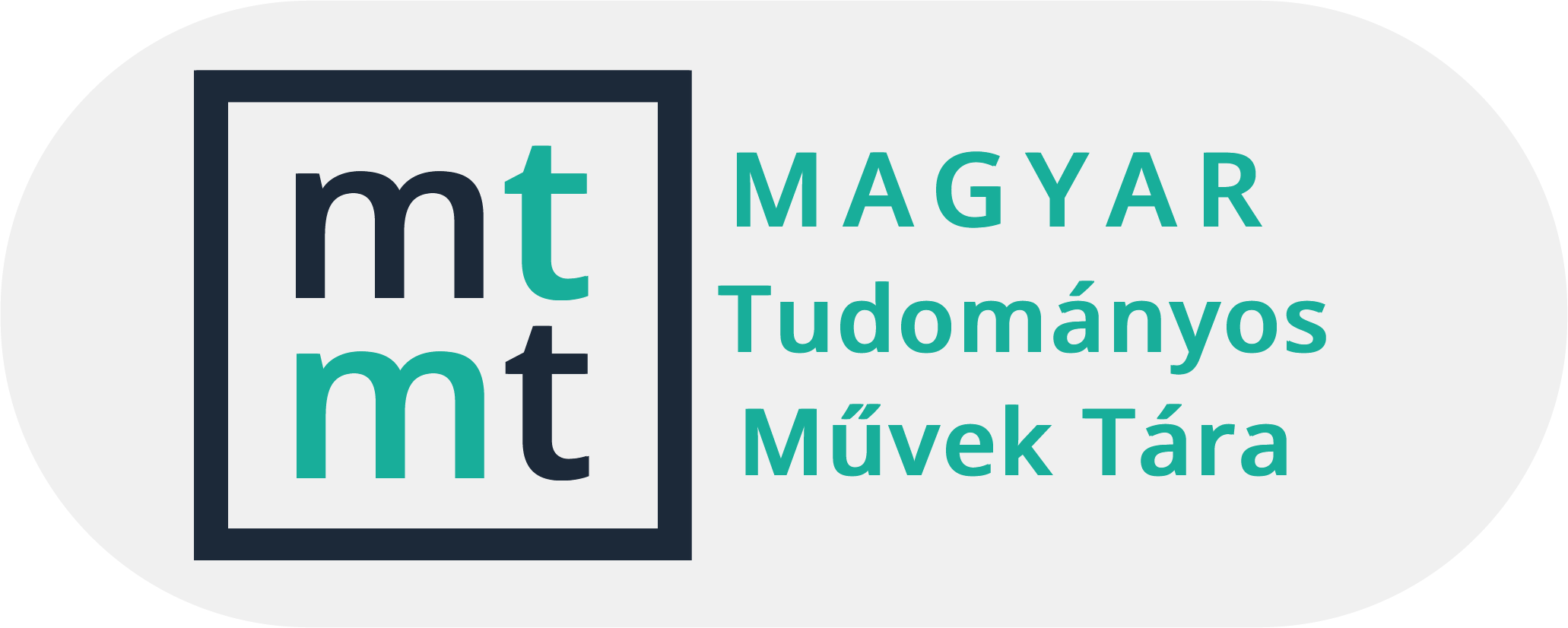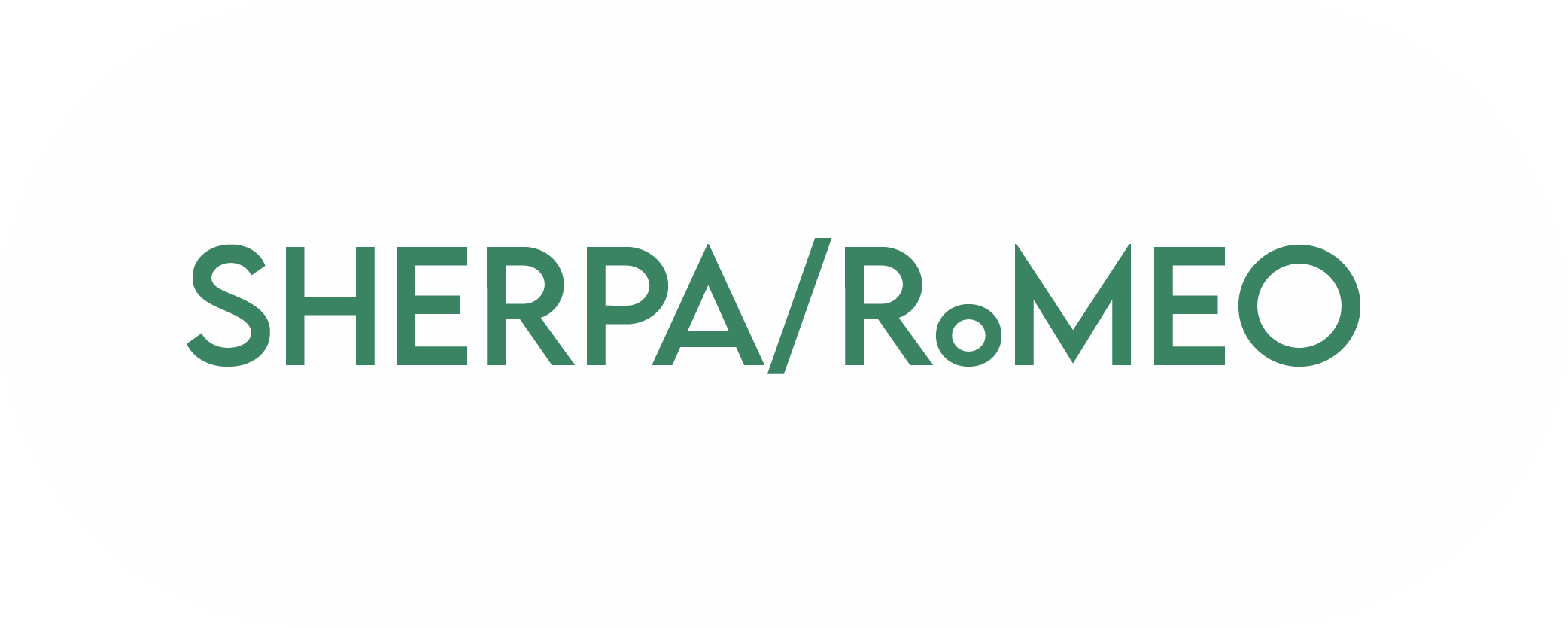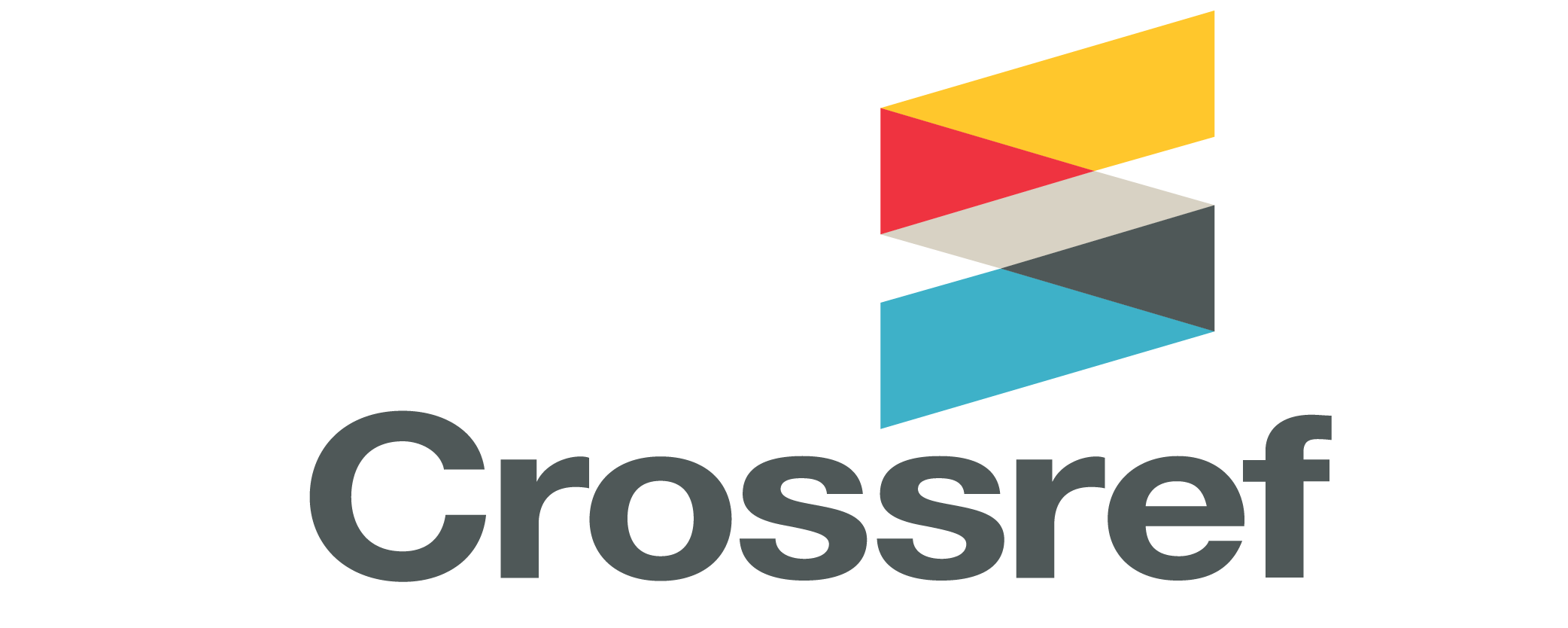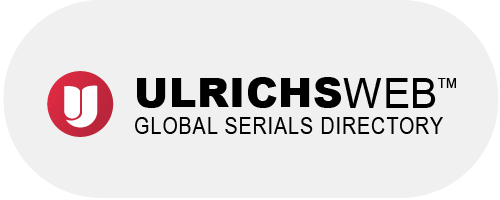Search
Search Results
-
Experiences using CAS and multimedia int teaching vectorcalculus
363-382Views:70The development of informatics brings new opportunities that need reevaluating of the teaching concepts. For this reason we have performed a comprehensive educational development for engineering students. Our main goals were to work out a new educational strategy, to develop the needed package of the subject material, to introduce the strategy in the practice, to analyze and evaluate the experiences. In the developed and adapted teaching-learning strategy the teacher is the organizer, designer and the manager of the process. In this paper we summarize the concepts, the results and experiences of the 3-years-long development. -
Using the computer to visualise graph-oriented problems
15-32Views:106The computer, if used more effectively, could bring advances that would improve mathematical education dramatically, not least with its ability to calculate quickly and display moving graphics. There is a gap between research results of the enthusiastic innovators in the field of information technology and the current weak integration of the use of computers into mathematics teaching.
This paper examines what exactly the real potentials of using some mathematics computer software are to support mathematics teaching and learning in graph-oriented problems, more specifically we try to estimate the value added impact of computer use in the mathematics learning process.
While electronic computation has been used by mathematicians for five decades, it has been in the hands of teachers and learners for at most three decades but the real breakthrough of decentralised and personalised micro-computer-based computing has been widely available for less than two decades. And it is the latter facility that has brought the greatest promise for computers in mathematics education. That computational aids overall do a better job of holding students' mathematical interest and challenging them to use their intellectual power to mathematical achievement than do traditional static media is unquestionable. The real question needing investigation concerns the circumstances where each is appropriate.
A case study enabled a specification of advantages and obstacles of using computers in graph-oriented questions. Individual students' interviews revealed two less able students' reactions, difficulties and misinterpretations while using computers in mathematics learning.
Among research outcomes is that the mathematical achievement of the two students observed improved and this makes teaching with computers an overriding priority for each defined teaching method.
This paper may not have been realised without the valuable help of the Hungarian Eötvös State Grant. -
Teaching Fourier series, partial differential equations and their applications with help of computer algebra system
51-68Views:109In this paper, some examples of Fourier series and partial difference equations will be shown to demonstrate opportunities for CAS use in various circumstances. The well-known white-box – black-box teaching-learning techniques and the modularization will be used to allow the use of the same worksheet in different ways. -
A constructive and metacognitive teaching path at university level on the Principle of Mathematical Induction: focus on the students' behaviours, productions and awareness
133-161Views:252We present the main results about a teaching/learning path for engineering university students devoted to the Principle of Mathematical Induction (PMI). The path, of constructive and metacognitive type, is aimed at fostering an aware and meaningful learning of PMI and it is based on providing students with a range of explorations and conjecturing activities, after which the formulation of the statement of the PMI is devolved to the students themselves, organized in working groups. A specific focus is put on the quantification in the statement of PMI to bring students to a deep understanding and a mature view of PMI as a convincing method of proof. The results show the effectiveness of the metacognitive reflections on each phase of the path for what concerns a) students' handling of structural complexity of the PMI, b) students' conceptualization of quantification as a key element for the reification of the proving process by PMI; c) students' perception of the PMI as a convincing method of proof.
Subject Classification: 97B40, 97C70
-
Efficient language teaching software in a multimedia context
361-374Views:114In this article I deal with the efficiency of multimedia teaching programs, analyzing possibilities for their improvement in the field of language teaching. This research has been carried out with the use of the latest technologies, language teaching software, internet based language teaching applications, digital dictionaries, online content, and the latest results from the field of computational linguistics. The goal of my research is to create a general model that serves and supports various kinds of approaches to improving efficiency; I cannot attempt to present a complete, detailed analytical review due to the complexity and size of this topic. However, my opinion is that by considering and understanding the theoretical aspects of the subject, and supported by certain important ideas, we will be able to achieve remarkable improvements in the field of learning efficiency and knowledge retention in the language teaching and learning process that might lead to outstanding results. -
Teaching Gröbner bases
57-76Views:113In this article we offer a demonstration of how the StudentGroebner package, a didactic oriented Maple package for Gröbner basis theory, could assist the teaching/learning process. Our approach is practical. Instead of expounding on deep didactic theory we simply give examples on how we imagine experimental learning in classroom. The educational goal is to prepare the introduction of two sophisticated algorithms, the division algorithm and Buchberger's algorithm, by gathering preliminary knowledge about them. -
The influence of computer on examining trigonometric functions
111-123Views:103In this paper the influence of computer on examining trigonometric functions was analyzed throughout the results questionnaire. The students, as usual, had to examine two trigonometric functions, both were given with the appropriate instructions. Three groups were tested. Two of those three groups were prepared with the help of computer and the third one was taught without computer. From the analysis of the questionnaire it follows that the computer has a great influence on understanding of the connections between the graph and very complex calculations. -
Computer cooking vs. problem solving
35-58Views:245Computer cooking is a task-related phenomenon where students (end-users) must blindly follow a long list of orders without any connection to the content of the problem, if there is any. Despite its low efficacy, this method is widely used and accepted in informatics both in the learning-teaching process and testing. The National Base Curriculum 2020 in Hungary is in complete accordance with the ‘Informatics Reference Framework for Schools’, but the course books hardly use the latest results of computer education research. The present paper provides examples of how the results of computer education research can be integrated into teaching-learning materials and classroom practices and discusses the effectiveness and consequences of the different solutions, where tool-centred approaches are compared to problem-focused solutions.
Subject Classification: 94-01
